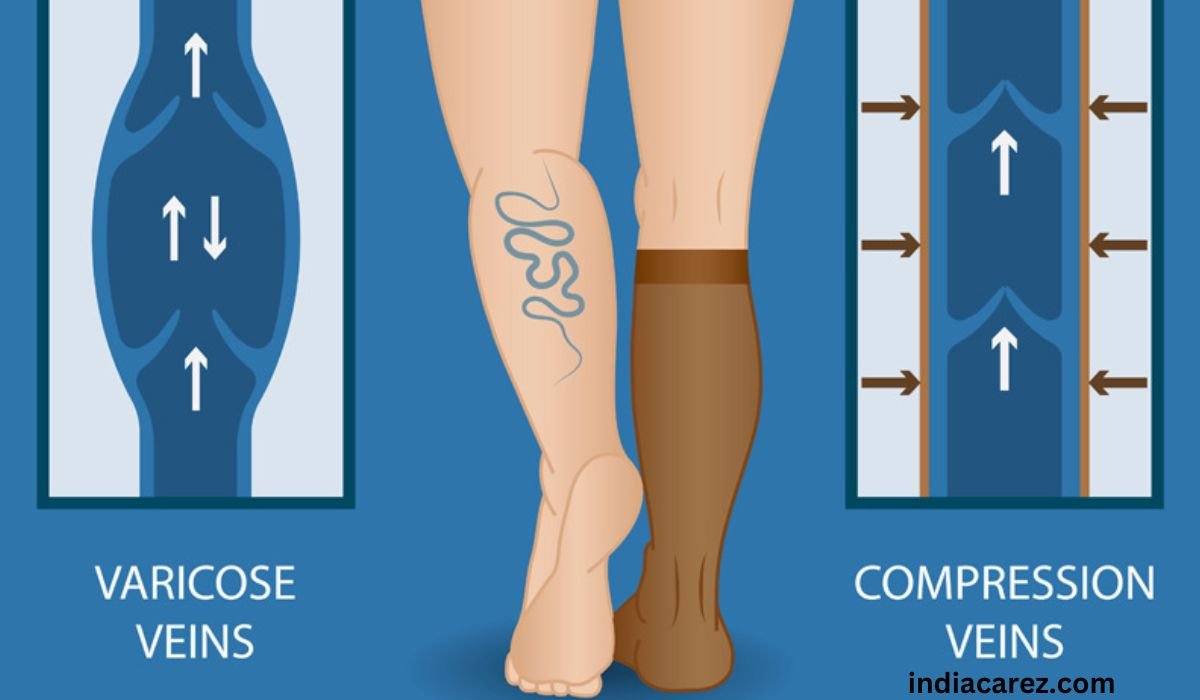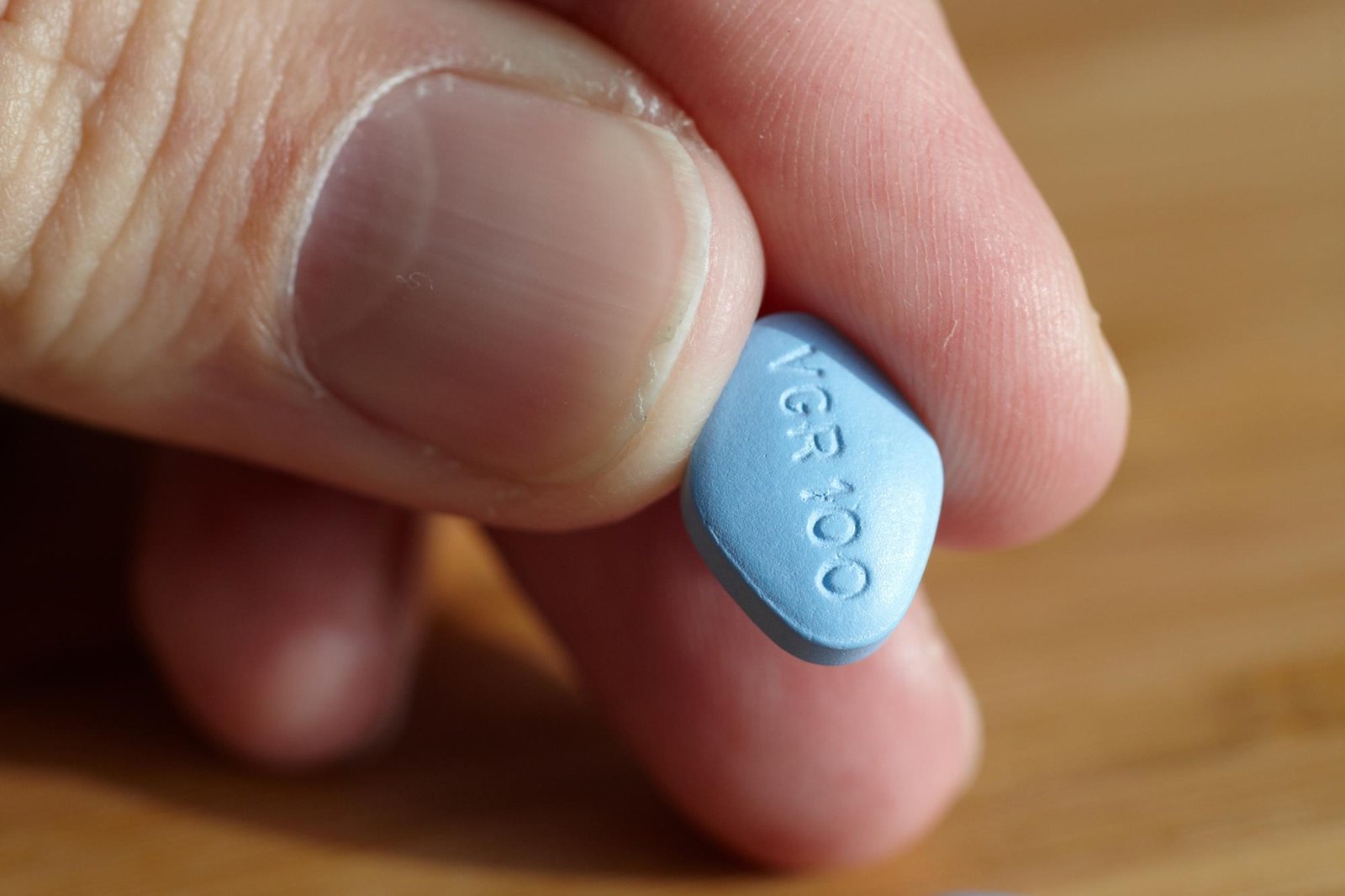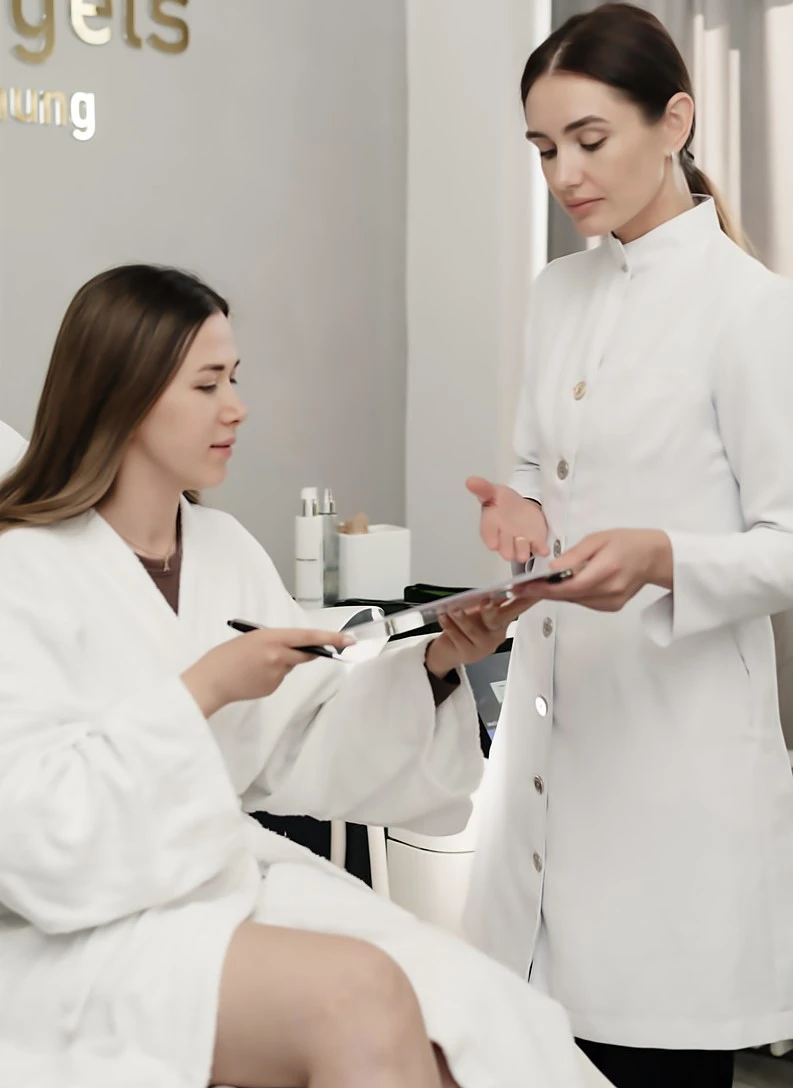Varicose veins are a common condition affecting many people, characterized by swollen, twisted veins that typically appear in the legs. They can cause discomfort, pain, and aesthetic concerns. Fortunately, there are several options for managing varicose veins, ranging from lifestyle changes to medical treatments.
This comprehensive guide will explore these options, their benefits, and risks, and how to choose the right one.
Introduction to Varicose Veins
Varicose veins occur when the valves in the veins that regulate blood flow become weak or damaged, causing blood to pool and the veins to enlarge. They are often blue or dark purple and may bulge out from the skin’s surface. Factors such as age, genetics, pregnancy, obesity, and prolonged standing or sitting can increase the risk of developing varicose veins.
Lifestyle Changes and Self-Care
Making certain lifestyle adjustments and practicing self-care can help manage the symptoms of varicose veins and prevent them from worsening:
Exercise
Regular physical activity improves circulation and strengthens the muscles in the legs, helping to push blood back toward the heart. Activities like walking, swimming, and cycling are particularly beneficial.
Weight Management
Maintaining a healthy weight reduces pressure on the veins, preventing them from becoming enlarged and reducing the risk of new varicose veins forming.
Elevating Legs
Elevating your legs above heart level several times a day helps reduce swelling and improve blood flow.
Compression Stockings
Wearing compression stockings helps compress the veins, promoting better blood flow and reducing swelling and discomfort.
Medical Treatments
Vein Treatment
Vein treatment involves injecting a solution into the affected veins, causing them to collapse and eventually fade. This treatment is particularly effective for smaller varicose veins and spider veins. It is a minimally invasive procedure with a quick recovery time. Patients can resume normal activities almost immediately after treatment. For those seeking varicose vein treatment, sclerotherapy like those in Tulsa offers a reliable solution.
Endovenous Laser Treatment (EVLT)
EVLT uses laser energy to heat and close off varicose veins. A laser fiber is inserted into the vein through a small incision, and the heat causes the vein to collapse and seal shut. This procedure is minimally invasive and typically requires only local anesthesia.
Radiofrequency Ablation (RFA)
RFA is similar to EVLT but uses radiofrequency energy to heat and close off the varicose veins. A catheter is inserted into the vein, and radiofrequency energy is delivered to the vein walls, causing them to collapse and seal. This treatment is also minimally invasive and requires minimal downtime.
Vein Stripping and Ligation
This surgical procedure involves tying off the affected veins and removing them through small incisions. It is usually reserved for more severe cases of varicose veins that do not respond to less invasive treatments. Recovery time can be longer, and patients may experience more discomfort compared to minimally invasive options.
How to Choose the Right Option
Choosing the right treatment for varicose veins depends on several factors, including the severity of your condition, your overall health, and your personal preferences. Here are some steps to help you make an informed decision:
Consult a Specialist
Schedule a consultation with a vein specialist or vascular surgeon who can assess your condition and recommend the most appropriate treatment options.
Consider Your Lifestyle
Think about how each treatment option aligns with your lifestyle and daily activities. Some treatments may require more downtime or lifestyle adjustments than others.
Weigh the Benefits and Risks
Evaluate the benefits and risks of each treatment option, considering factors such as effectiveness, recovery time, and potential side effects.
Cost and Insurance Coverage
Check with your insurance provider to see which treatments are covered and consider the out-of-pocket costs associated with each option.
Conclusion
Varicose veins can be uncomfortable and unsightly, but with the variety of treatment options available, they can be managed effectively. By making lifestyle changes, exploring medical treatments, and consulting with a specialist, you can find the right option for your needs. Remember to consider the benefits and risks carefully before making a decision. With the right approach, you can find relief from varicose veins and improve your overall quality of life.










